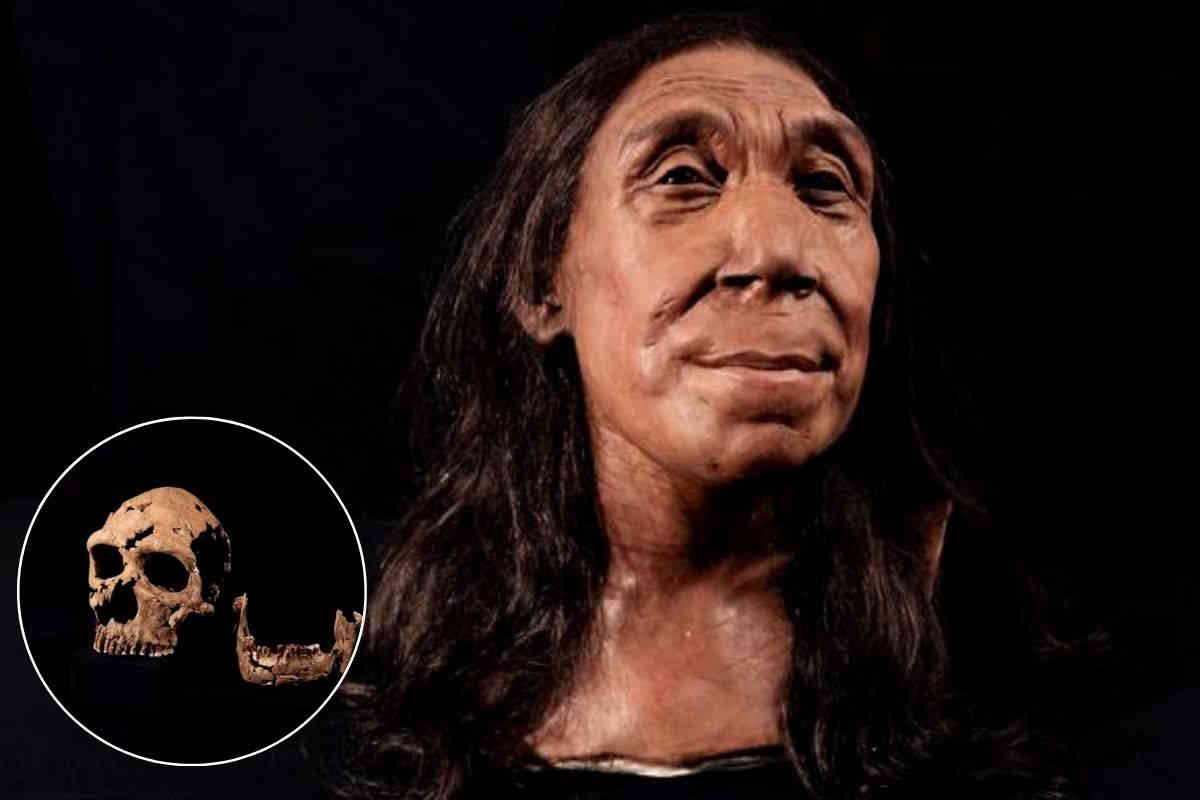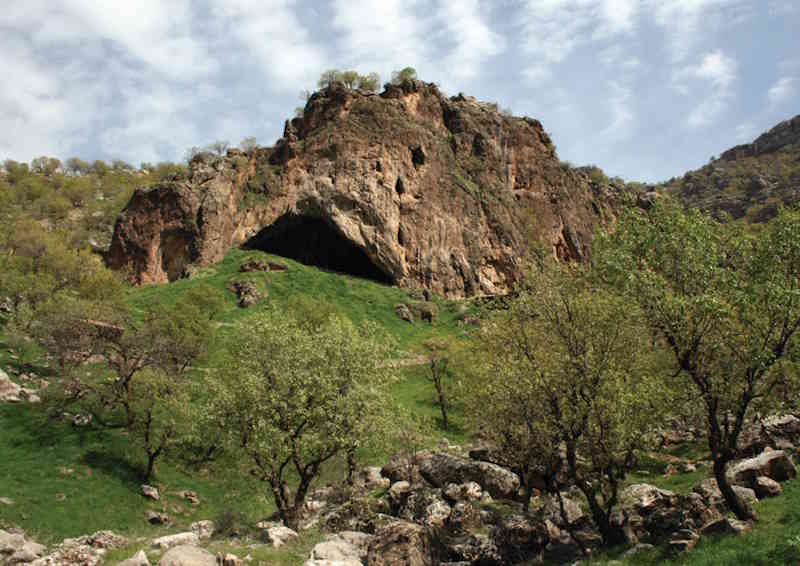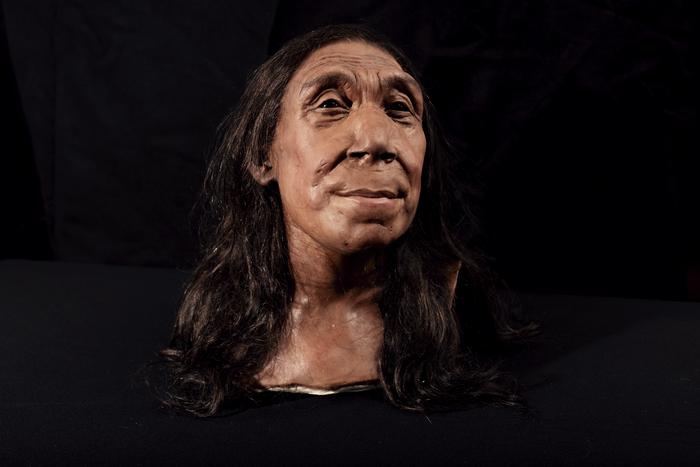What did Neanderthals really look like? Now we know the face of a woman from 75 thousand years ago, reconstructed in 3D by researchers. This is what Shanidar Z looked like, found in Kurdistan

Archaeologists have the delicate task of unearthing relics from the past, whether these be jewelry, foundations of buildings, or the burials and remains of hominids like Neanderthals. We see their skulls, but what did these prehistoric ancestors really look like?
Now, we can view the features of a Neanderthal woman’s face, reconstructed in the new Netflix documentary produced by BBC Studios Science Unit, Secrets of the Neanderthals.
The documentary follows excavation campaigns in Iraqi Kurdistan, conducted by the University of Cambridge. It was in this region, within the Shanidar Cave, that the skull of a woman dating back 75,000 years was discovered in 2018.

@Graeme Barker
Shanidar cave: A Neanderthal burial site
The cave has been the subject of several studies as it was used by Neanderthals as a burial site, with bodies discovered successively. Archaeologists and other experts have digitally recreated the skull of a woman labeled as Shanidar Z.
The investigation was highly complex, involving the assembly of over 200 bone fragments in a sort of puzzle. The meticulous work outlined a flattened skull, covered with sediments for thousands of years.
Each fragment was carefully cleaned, glued together to stabilize the bone, and transferred to the laboratories of Cambridge University, where the magic happened.
Through computed tomography, the skull of Shanidar Z was scanned and printed in 3D. Scientists relied on the proteins in the enamel of the teeth to determine the age of the hominid as well as confirm her sex.

@BBC/Jamie Simonds
The results suggest that this woman was about 40 years old, a considerable age for prehistory, and stood one and a half meters tall.
In the Shanidar Cave, the remains of at least 10 Neanderthal men have been found, but the woman belongs to a group of 5 bodies buried behind a vertical rock, in the same position.
But it doesn’t end there because in the cave, near the bodies, charred remains of seeds and nuts were also discovered—a feast likely prepared in the presence of the deceased. This suggests a culture of death.
“Our findings show that the Shanidar Neanderthals may have thought about death and its consequences in ways not very different from their closest evolutionary cousins: ourselves,” explained Professor Graeme Barker in a press release.
In this light, given the age of the woman, Shanidar Z may have held the knowledge of her clan.
